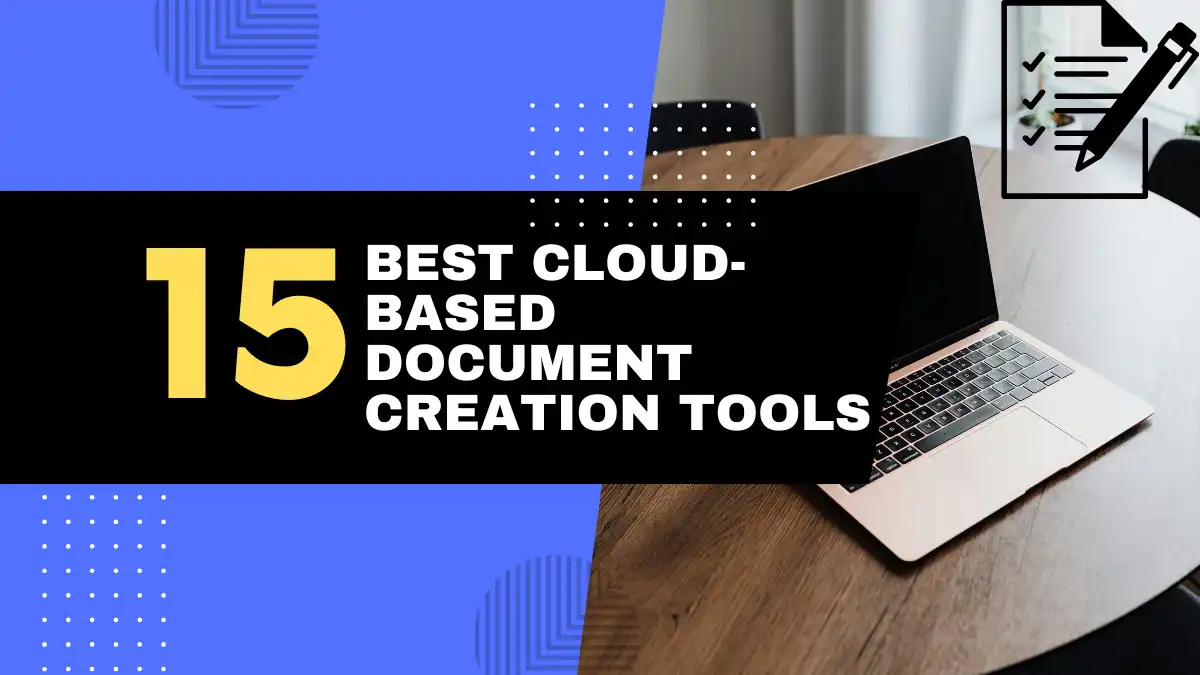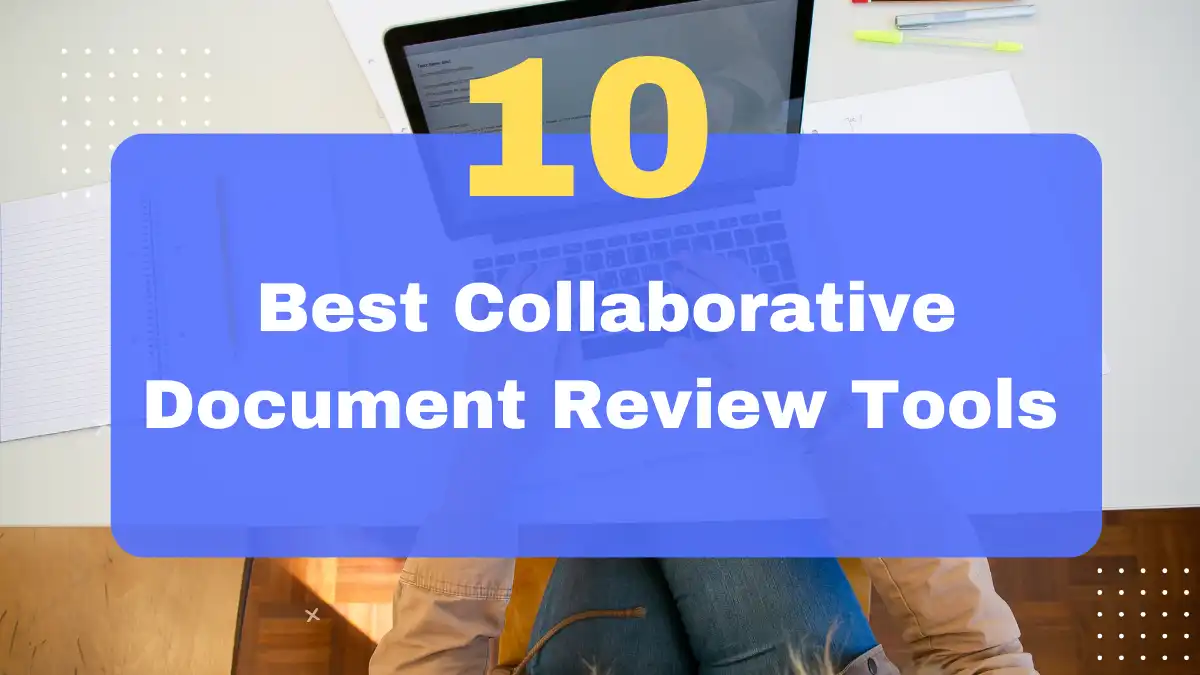
Have you ever spent hours emailing document drafts back and forth, only to lose track of which version is the latest? Or felt the frustration of deciphering vague feedback like “please fix this section” without any context? Perhaps you’ve missed crucial deadlines because approvals got buried in someone’s inbox. If these scenarios sound painfully familiar, you’re not alone. Document review processes are notorious bottlenecks that can derail projects and drain team productivity.
In today’s fast-paced business environment, where remote and hybrid work arrangements have become the norm, the traditional document review process is increasingly becoming a liability rather than an asset. The good news? Collaborative document review tools have evolved dramatically to address these exact pain points.
Introduction: Revolutionizing Document Review with Collaboration
1. What is Collaborative Document Review and Why Does It Matter?
Collaborative document review is a modern approach to document creation, editing, and approval that enables multiple stakeholders to simultaneously review, comment on, and approve documents in real-time or asynchronously. Unlike traditional review processes that rely on email attachments and linear feedback loops, collaborative document review creates a centralized workspace where all participants can see changes, provide input, and track progress transparently.
This shift from siloed to collaborative review processes has become increasingly crucial in today’s distributed work environments. With teams spread across different locations and time zones, the ability to collaborate efficiently on documents can be the difference between project success and failure.
2. The Pain Points of Traditional Document Review Processes
Traditional document review methods come with numerous frustrations that many professionals have simply accepted as unavoidable:
- Email chaos: Document versions being shared via lengthy email chains, with no clear system for tracking who has the latest version
- Version control nightmares: Multiple versions of the same document floating around with confusing file names like “Document_Final_FINAL_v2_Revised.docx”
- Feedback fragmentation: Comments scattered across multiple platforms (email, chat, meetings) making it difficult to consolidate input
- Approval bottlenecks: Documents stuck waiting for approvals from busy stakeholders who may have missed notification emails
- Context loss: Reviewers lacking visibility into others’ comments, leading to redundant or contradictory feedback
- Lack of transparency: No clear view into who has reviewed the document, what changes they’ve made, or the overall review progress
These issues don’t just slow down document approval—they impact overall productivity, team morale, and even the quality of final deliverables. According to a McKinsey report, employees spend roughly 20% of their workweek searching for internal information or tracking down colleagues for help with specific tasks, including document reviews.
3. Benefits of Switching to Collaborative Document Review Tools
Collaborative document review software offers solutions designed specifically to address these pain points:
- Accelerated review cycles: 75% faster document turnaround times when using collaborative tools compared to email-based review processes
- Improved accuracy: Consolidated feedback in context reduces errors and misinterpretations
- Enhanced version control: Single source of truth with clear version history eliminates confusion
- Better communication: Real-time or threaded discussions connected directly to document content
- Increased transparency: Clear visibility into review status, outstanding tasks, and contributor activities
- Streamlined workflows: Automated notifications and approval pathways keep projects moving
- Cost savings: Research by Forrester suggests organizations can save up to $4,000 per employee annually by implementing efficient document collaboration tools
Key Features to Look for in Collaborative Document Review Software
1. Real-time Editing and Co-authoring Capabilities
The ability for multiple users to work on a document simultaneously is foundational to efficient collaboration. Look for:
- Concurrent editing with visible user indicators showing who’s working where
- Real-time updates that appear as contributors make changes
- Presence awareness showing who’s currently viewing or editing the document
- Editing permissions that can be adjusted based on user roles
2. Robust Annotation and Commenting Tools
Effective feedback requires context. Modern collaborative document review tools should offer:
- Inline commenting with threaded discussions
- Highlighting, strikethrough, and text markup options
- Drawing and shape tools for more visual feedback
- @mentions to tag specific team members for input
- Comment resolution tracking to mark when feedback has been addressed
3. Streamlined Version Control and Change Tracking
Clear version management is essential for avoiding confusion. Key features include:
- Automatic version history with timestamps and editor information
- Side-by-side comparison between versions
- The ability to restore previous versions if needed
- Detailed change tracking showing exactly what was modified, added, or deleted
- Optional change acceptance/rejection workflows
4. Integrated Approval Workflows and Task Management
Structured approval processes ensure nothing falls through the cracks:
- Customizable approval pathways based on document type or content
- Sequential or parallel approval routes
- Deadline setting and reminder notifications
- Visual dashboards showing approval status
- Task assignments tied directly to document sections or comments
5. Security and Access Control
Protecting sensitive information while enabling collaboration requires:
- Granular permission settings (view, comment, edit, approve)
- Document encryption both in transit and at rest
- Compliance features for regulated industries
- Audit trails documenting all user interactions
- External sharing controls with optional password protection
6. Integration with Existing Tools and Platforms
The best collaborative document review tools connect seamlessly with your current tech stack:
- Integration with cloud storage platforms (Google Drive, OneDrive, Dropbox)
- Compatibility with document management systems
- Connections to project management software
- API availability for custom integrations
- Support for popular communication tools like Slack or Microsoft Teams
7. User-Friendly Interface and Ease of Use
Even the most powerful features are worthless if your team won’t use them:
- Intuitive, clean interface requiring minimal training
- Responsive design that works across devices (desktop, tablet, mobile)
- Consistent experience across different document types
- Accessibility features ensuring all team members can participate
- Clear onboarding and help resources
Top Collaborative Document Review Tools: Software and Platforms in 2025
Category 1: Cloud-Based Document Collaboration Platforms
1. Google Workspace (Google Docs, Sheets, Slides)
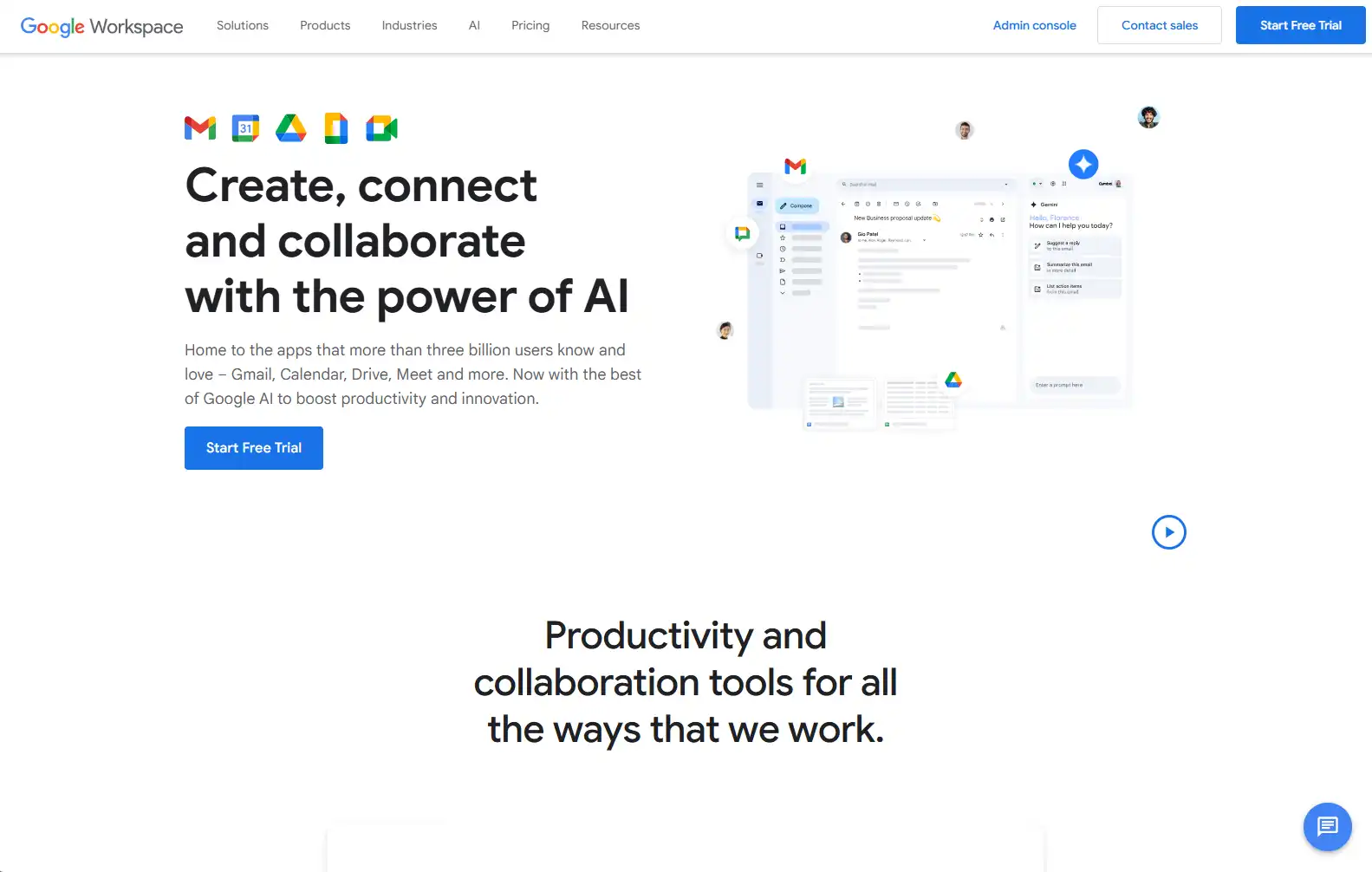
- Strengths: Seamless real-time collaboration with multiple simultaneous editors, robust commenting system, version history, and suggestion mode
- Best for: Teams already using Google ecosystem, organizations needing simple but effective collaboration
- Pricing: Business Starter plan begins at $6/user/month
- Unique feature: “Suggested edits” mode allows reviewers to propose changes without altering the original text
2. Microsoft 365 (Word, Excel, PowerPoint with SharePoint)
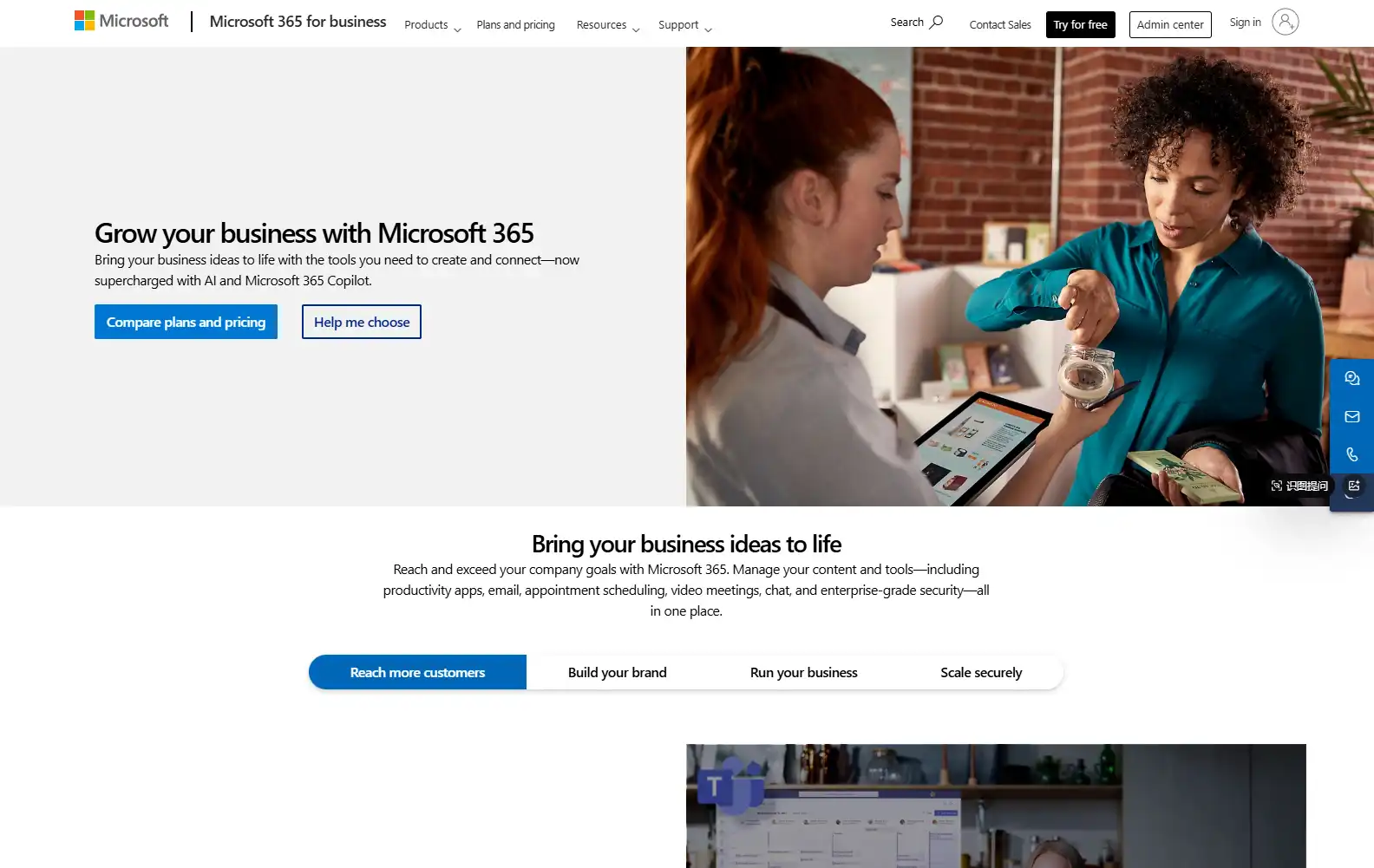
https://www.microsoft.com/en-us/microsoft-365/business
- Strengths: Powerful desktop applications with online collaboration, deeply integrated with SharePoint for document management
- Best for: Enterprises with existing Microsoft investment, teams requiring advanced formatting
- Pricing: Business Basic plan starts at $6/user/month
- Unique feature: Co-authoring works seamlessly between desktop and web versions with robust track changes functionality
3. Dropbox Paper
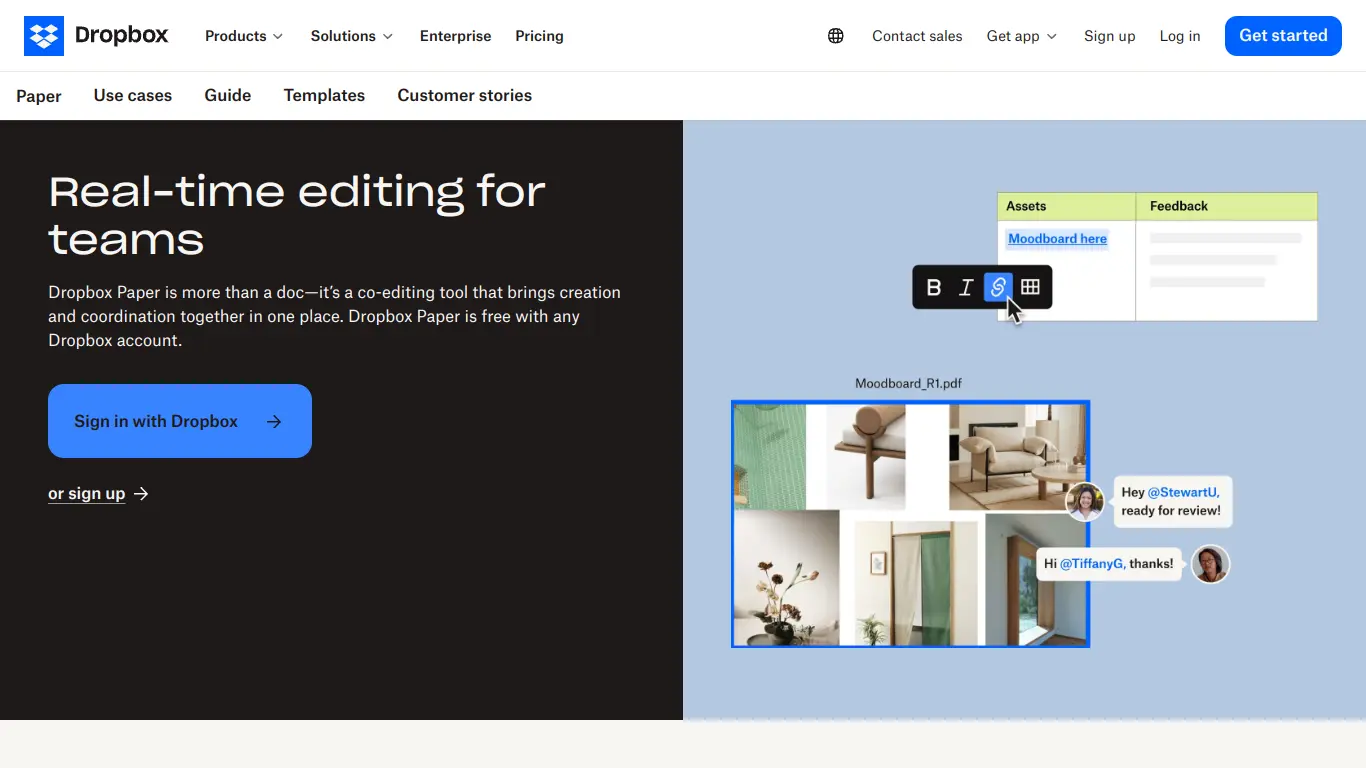
- Strengths: Clean, distraction-free interface focused on content creation and collaboration
- Best for: Creative teams, project planning, and informal documentation
- Pricing: Free with Dropbox accounts, Business plans start at $15/user/month
- Unique feature: Excellent media embedding capabilities for rich, interactive documents
Category 2: Dedicated Document Review and Approval Software
4. DocuSign Reviewer
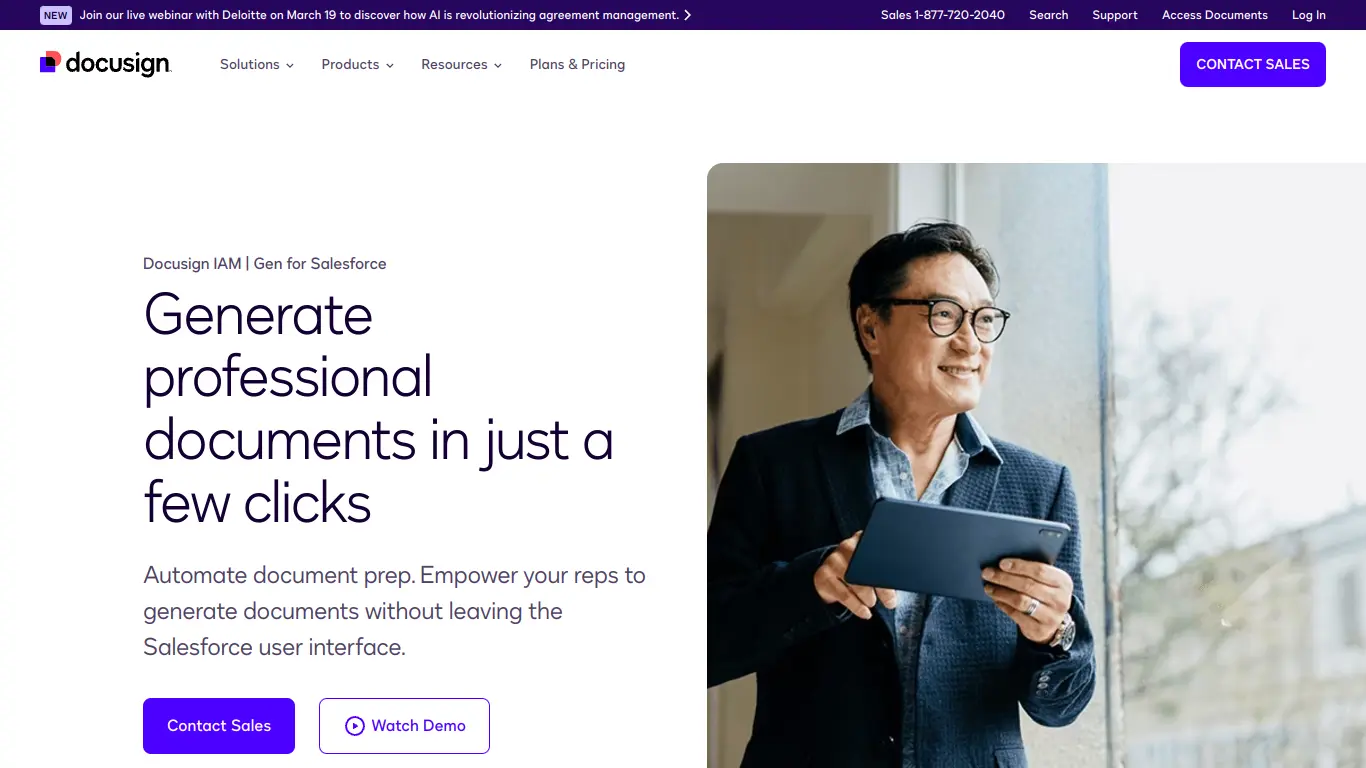
https://www.docusign.com/products/document-generation
- Strengths: Purpose-built for structured review and approval workflows with legal-grade security
- Best for: Legal documents, contracts, and formal approvals requiring audit trails
- Pricing: Contact for pricing, typically $25-50/user/month
- Unique feature: Integration with eSignature capabilities for end-to-end document lifecycle management
5. Bluebeam Revu
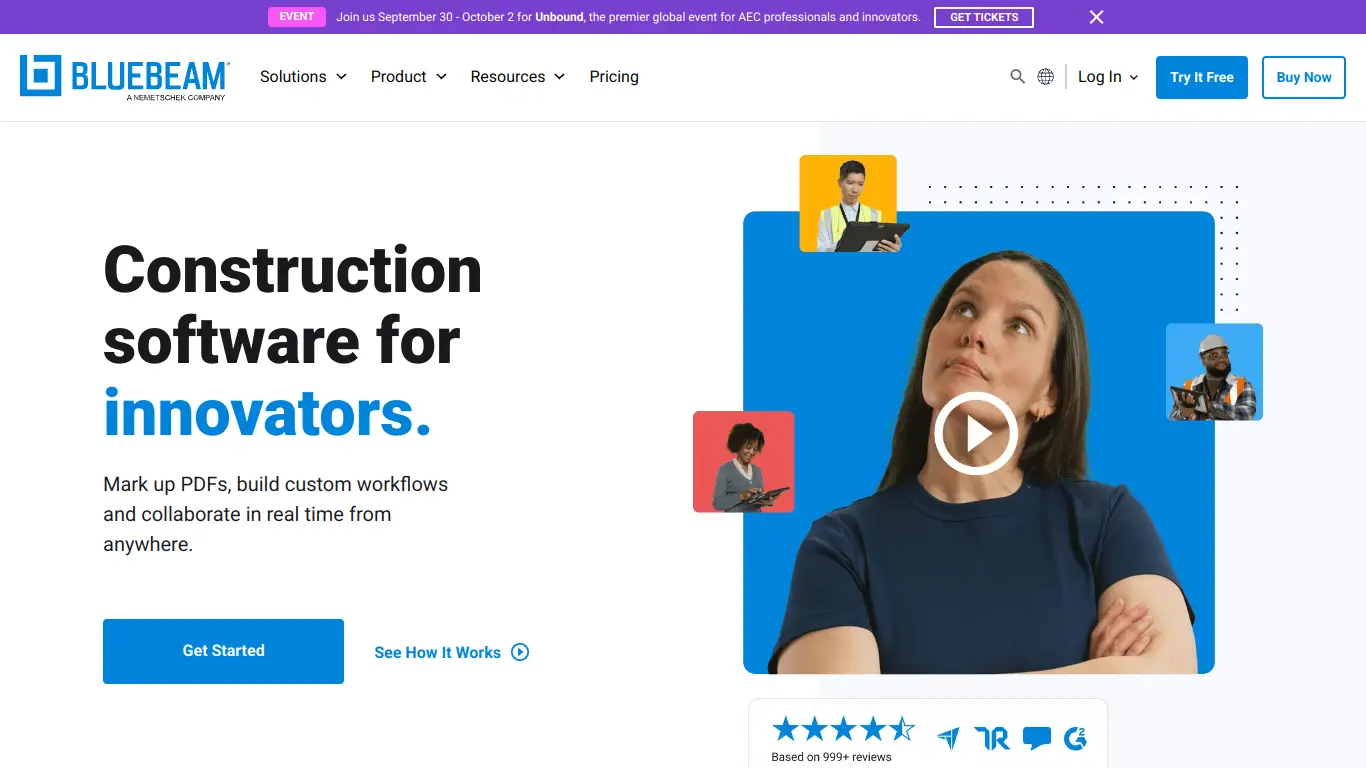
- Strengths: Advanced markup and annotation capabilities designed specifically for technical documents
- Best for: Architecture, engineering, construction, and manufacturing teams working with complex technical documentation
- Pricing: Starts at $349 for perpetual license
- Unique feature: Industry-specific annotation tools and standards designed for technical drawings and blueprints
6. Qntrl (formerly Orchestly)
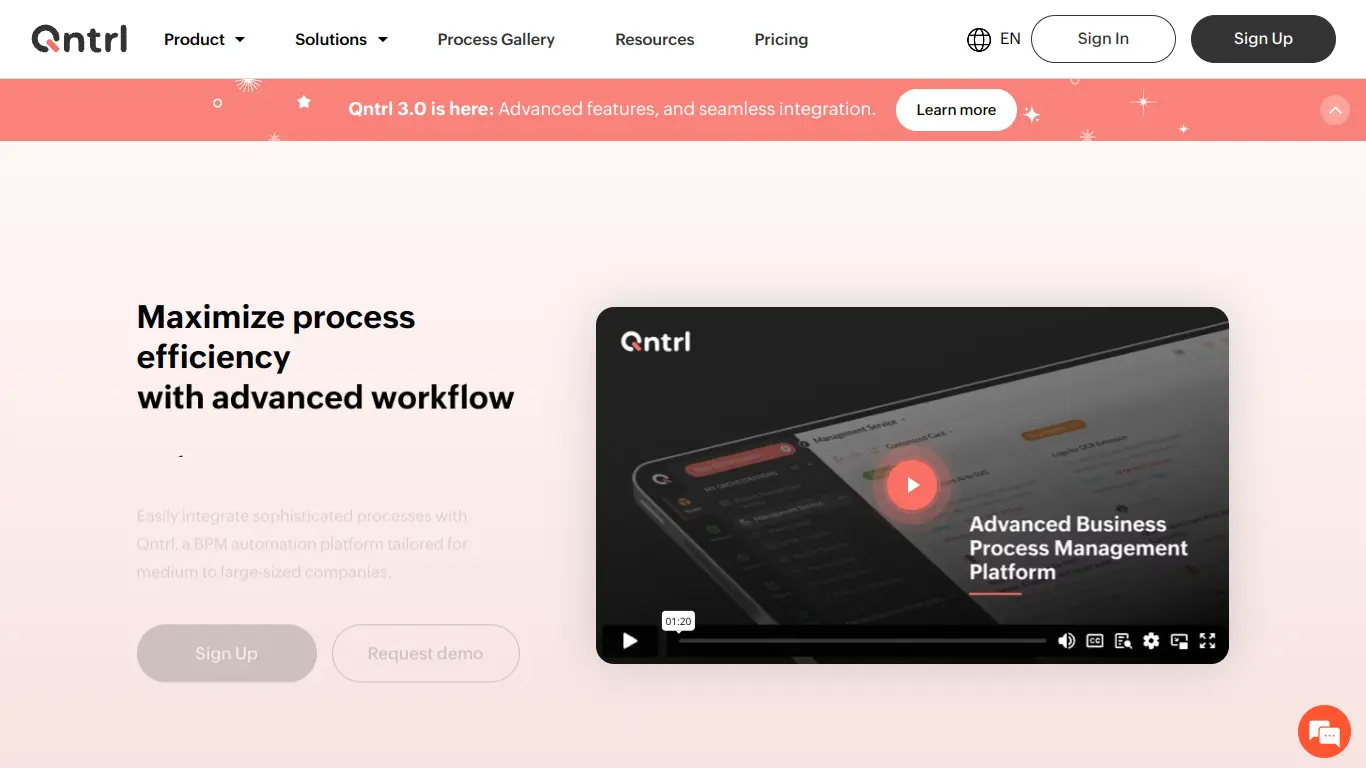
- Strengths: Powerful workflow automation with visual process designer for complex approval sequences
- Best for: Organizations with multi-step approval processes and compliance requirements
- Pricing: Professional plan starts at $12/user/month
- Unique feature: Visual workflow designer to create custom document approval pathways with conditional logic
Category 3: Project Management Tools with Document Review Features
7. Asana
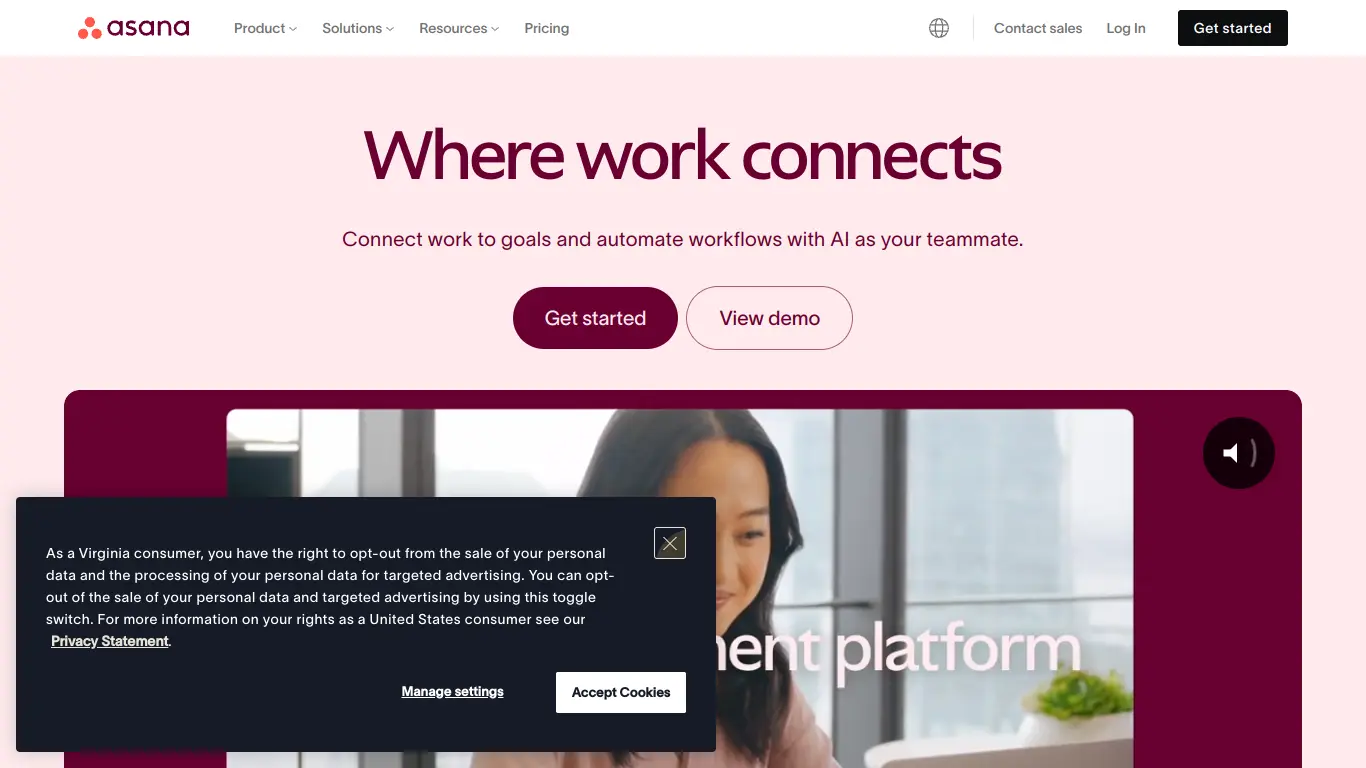
- Strengths: Document review integrated with broader project management capabilities
- Best for: Teams looking to connect document reviews to larger project workflows and timelines
- Pricing: Premium plan starts at $10.99/user/month
- Unique feature: Proofing view for providing feedback on images and documents directly within project tasks
8. Confluence (Atlassian)

https://www.atlassian.com/software/confluence
- Strengths: Wiki-style documentation with collaborative editing and integration with Jira
- Best for: Technical teams, especially those using other Atlassian products
- Pricing: Standard plan starts at $5.75/user/month
- Unique feature: Page versioning with branching, allowing teams to work on multiple possible versions simultaneously
Category 4: Specialized Annotation and Markup Tools
9. Filestage
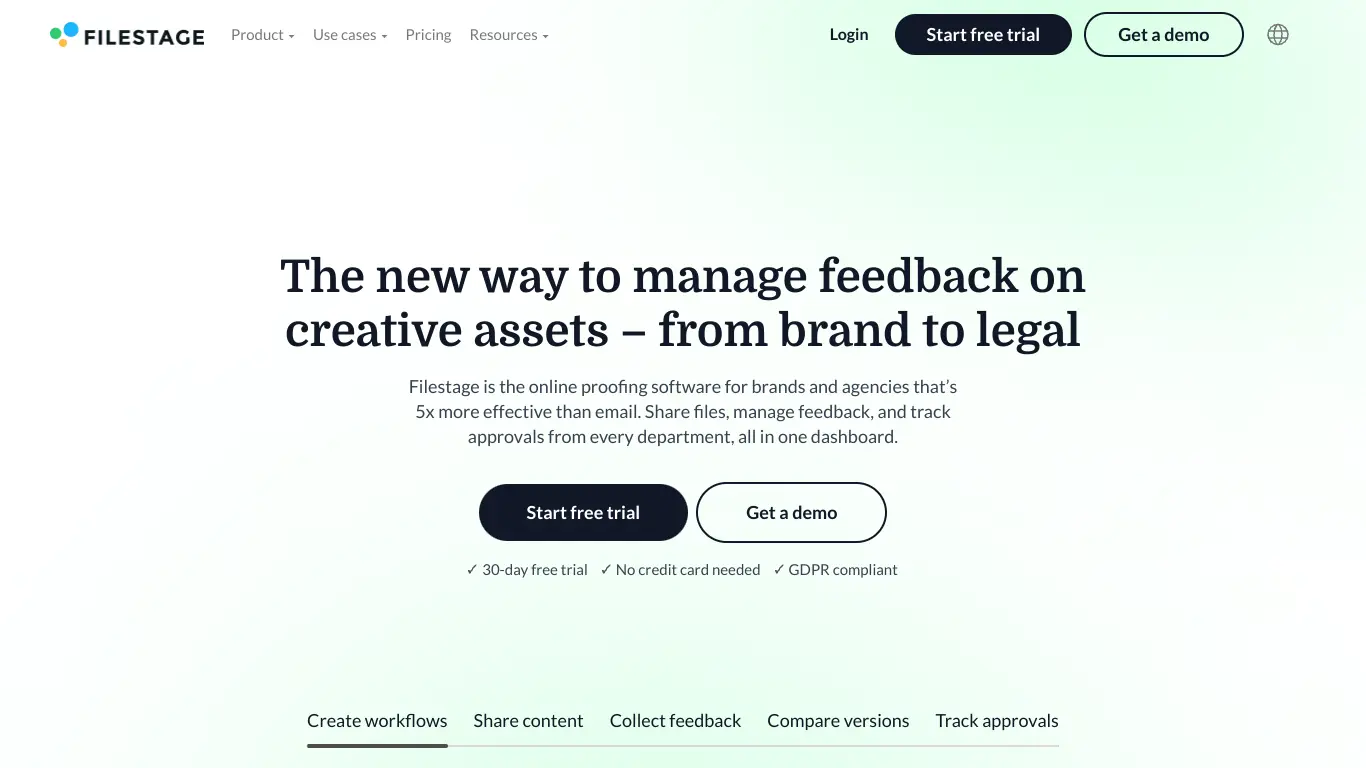
- Strengths: Intuitive review interface for creative assets including videos, images, PDFs, and websites
- Best for: Marketing teams, agencies, and creative departments
- Pricing: Basic plan starts at $89/month for 5 users
- Unique feature: Frame-accurate video commenting and markup
10. PDF.co
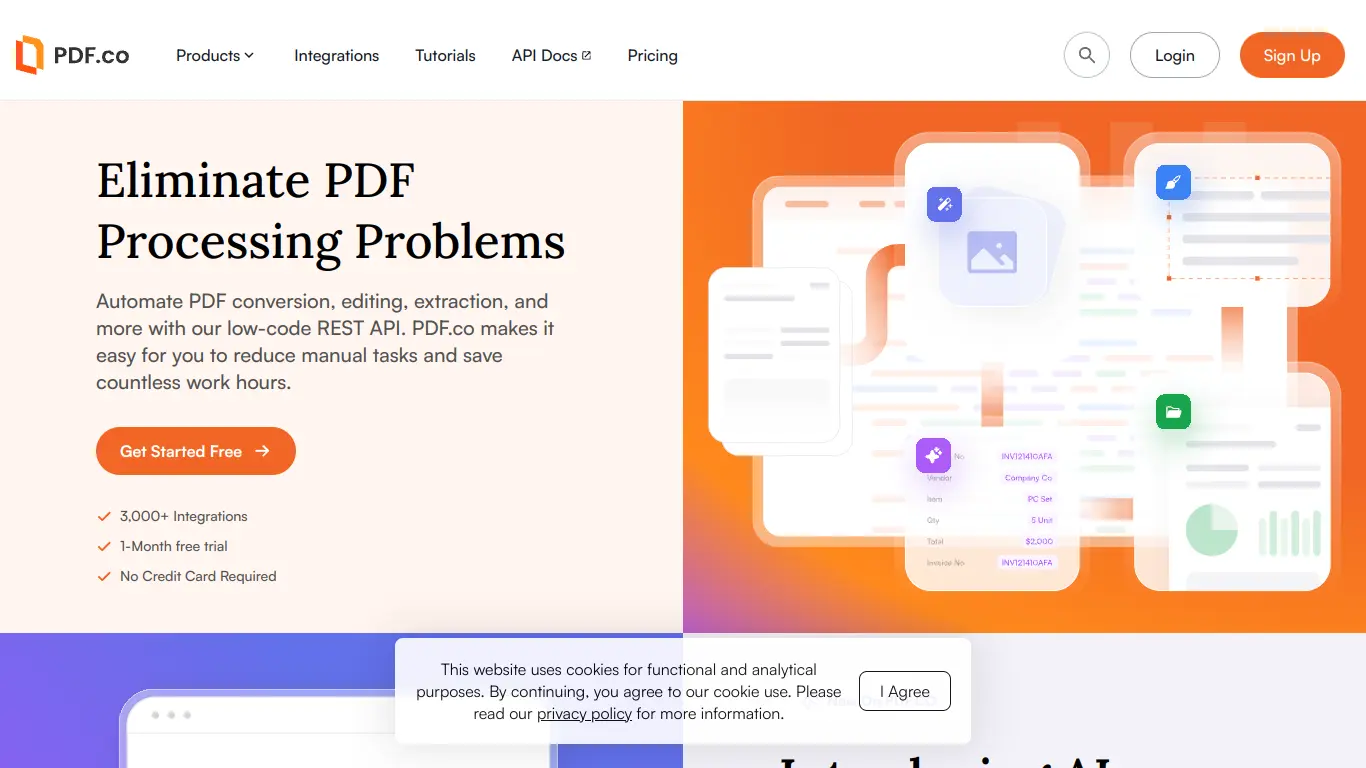
- Strengths: PDF-specific review tools with advanced annotation capabilities
- Best for: Organizations working primarily with PDF documentation
- Pricing: Subscription starts at $24.99/month
- Unique feature: PDF comparison tool that automatically highlights differences between document versions
How to Choose the Right Collaborative Document Review Tool for Your Needs
Assess Your Team’s Specific Requirements and Workflow
Start by analyzing your current document review process:
- Document types: What kinds of documents do you typically review? (Text documents, spreadsheets, presentations, technical drawings, creative assets)
- Team structure: How many people are typically involved in reviews? Do they work synchronously or asynchronously?
- Complexity: How complex are your approval workflows? Do documents follow linear paths or branch depending on content?
- Industry requirements: Are there specific regulatory or compliance needs your tool must address?
The right tool aligns with how your team actually works—or how you want them to work in an ideal scenario.
Define Your Budget and Scalability Needs
Consider both immediate and long-term costs:
| Pricing Model | Best For | Considerations |
|---|---|---|
| Per-user licensing | Growing teams with predictable user counts | Can become expensive as team expands |
| Tiered flat rate | Small to medium organizations | May limit features at lower tiers |
| Usage-based | Variable review volume | Costs can be unpredictable |
| Freemium | Testing or limited needs | May lack advanced features |
Also consider implementation costs, training requirements, and potential efficiency savings when calculating ROI.
Prioritize Essential Features Based on Your Use Cases
Not all features carry equal weight for every team. Create a priority matrix:
- Must-have features: Deal-breakers if missing
- Important features: Significantly improve workflow but could potentially work around
- Nice-to-have features: Would add value but aren’t critical
For example, a marketing team might prioritize visual annotation tools, while a legal department might place greater emphasis on security features and audit trails.
Consider Ease of Implementation and User Training
Even the most powerful tool fails if adoption is poor:
- How intuitive is the interface?
- What training resources are available?
- Is there a gradual onboarding path or steep learning curve?
- Will the solution require IT involvement for implementation?
- How responsive is customer support?
The fastest ROI comes from tools that balance power with accessibility.
Check for Integrations with Your Existing Ecosystem
Evaluate how well the tool connects with your current technology stack:
- Does it integrate with your document storage solution?
- Can it connect to your project management tools?
- Does it work with your communication platforms?
- Is it compatible with your single sign-on (SSO) provider?
- Can it extract data to your reporting tools?
The fewer system switches required, the smoother your workflow will be.
Leverage Free Trials and User Reviews
Never commit without testing:
- Take advantage of free trials to test with real documents and actual team members
- Seek out detailed reviews from organizations similar to yours
- Ask vendors for case studies from your industry
- Consult industry analysts like Gartner or Forrester for objective assessments
- Consider reaching out to user communities for candid feedback
Best Practices for Effective Collaborative Document Review
Establish Clear Review Objectives and Guidelines
Before starting any review process:
- Define what “good” looks like for the document
- Clarify exactly what reviewers should focus on
- Set expectations for the level of detail in feedback
- Establish guidelines for constructive commenting
- Create templates or checklists when possible
Clear expectations lead to focused, useful feedback.
Define Roles and Responsibilities within the Review Process
Different participants should have clearly defined roles:
- Authors/Creators: Original content producers responsible for implementing changes
- Reviewers: Subject matter experts providing specific input on content accuracy
- Editors: Focus on structure, clarity, and consistency
- Approvers: Final decision-makers with authority to sign off
- Process Managers: Oversee the review workflow and ensure progress
Document these roles in your system and make sure everyone understands their responsibilities.
Encourage Constructive Feedback and Open Communication
Cultivate a productive review culture:
- Train reviewers to provide specific, actionable feedback
- Encourage the “why” behind suggestions, not just what should change
- Normalize asking clarifying questions about feedback
- Avoid vague comments like “this doesn’t work” or “please fix”
- Create space for collaborative problem-solving when issues arise
The most valuable review environments balance honesty with respect.
Utilize Version Control and Change Tracking for Clarity
Maintain a clear record of the document’s evolution:
- Establish consistent version naming conventions
- Use automatic change tracking rather than manual highlighting
- Regularly create milestone versions at significant stages
- Document the rationale for major changes
- Maintain accessibility to the version history for all stakeholders
This historical context proves invaluable when questions arise about why certain decisions were made.
Provide Training and Support to Ensure Tool Adoption
Set your team up for success:
- Develop simple getting-started guides for new users
- Create short video tutorials for common tasks
- Designate power users who can help others
- Schedule regular check-ins to address questions and share tips
- Celebrate successful use cases to reinforce adoption
Remember that technology adoption is a journey, not an event.
FAQs About Collaborative Document Review
What are the key benefits of using collaborative document review software?
Collaborative document review software dramatically improves efficiency by centralizing feedback, eliminating version confusion, increasing visibility into the review process, and reducing approval bottlenecks. Organizations typically report 60-80% faster document turnaround times after implementing collaborative review tools, along with improved document quality due to more comprehensive feedback.
To truly leverage the power of collaborative document review, utilizing the best document collaboration software or a best shared document tool is essential. These platforms streamline the entire review process, making it easier for teams to work together efficiently. For example, tools like Google Workspace (featuring Google Docs, Sheets, and Slides) stand out by offering real-time collaboration, allowing multiple editors to work simultaneously. Key features often include robust commenting systems for feedback, version history to track changes, and suggestion modes for proposing edits without altering the original text directly.
The best shared document tools are particularly beneficial for teams already integrated within ecosystems like Google, or for organizations seeking user-friendly yet powerful collaboration solutions. These tools not only simplify the review process but also enhance overall team productivity and document accuracy.
What features should I prioritize when choosing collaborative document review tools?
Prioritize features based on your specific workflow needs, but generally, look for robust version control, intuitive commenting and annotation capabilities, customizable approval workflows, and strong security measures. Integration capabilities with your existing tools are also crucial for streamlined adoption.
How can collaborative document review improve document approval times?
Collaborative review tools improve approval times by providing clear visibility into where documents are in the approval process, automating notifications and reminders, allowing parallel reviews by multiple stakeholders, and centralizing all feedback to avoid time-consuming back-and-forth communications.
Is collaborative document review suitable for all types of documents?
While collaborative review is beneficial for most document types, the optimal tool may vary depending on whether you’re reviewing text documents, spreadsheets, presentations, creative assets, technical drawings, or code. Some specialized documents may require industry-specific tools with features tailored to those formats.
How secure are collaborative document review platforms?
Leading collaborative document review platforms offer enterprise-grade security including encryption, role-based access controls, audit trails, and compliance certifications. However, security levels vary by provider, so organizations handling sensitive information should thoroughly evaluate security features and compliance certifications relevant to their industry.
Can collaborative document review tools integrate with my existing software?
Most modern collaborative review tools offer extensive integration capabilities with popular productivity suites, cloud storage platforms, project management tools, and communication software. Many also provide APIs for custom integrations. When evaluating tools, provide vendors with your specific integration requirements to confirm compatibility.
What is the difference between collaborative editing and collaborative review?
Collaborative editing focuses on multiple users simultaneously creating and modifying content, while collaborative review emphasizes structured feedback, approval workflows, and quality control processes. Many platforms offer both capabilities, but their strengths may lean toward one or the other depending on the tool’s primary purpose.
Conclusion: Streamline Your Document Review Process with the Right Collaborative Document Review Tools
Recap the Benefits of Collaborative Document Review
The shift from traditional to collaborative document review represents a significant opportunity to transform what has historically been a frustrating bottleneck into a streamlined, value-adding process. With the right collaborative document review tools, organizations can:
- Cut review cycle times by up to 80%
- Dramatically improve document quality through better feedback
- Enhance transparency and accountability in the review process
- Foster better collaboration across distributed teams
- Create audit trails that satisfy compliance requirements
- Reduce administrative overhead and frustration
These benefits directly impact the bottom line through increased productivity, faster time-to-market for deliverables, and improved team satisfaction.
Encourage Readers to Explore and Implement Collaborative Solutions
The collaborative document review landscape offers solutions for every team size, industry, and budget. Whether you’re a small creative agency reviewing marketing materials or a multinational corporation managing complex contract workflows, there’s a tool designed to meet your specific needs.
Begin by assessing your current pain points, identifying your must-have features, and taking advantage of free trials to experience how these tools can transform your workflow. Remember that successful implementation requires both the right technology and thoughtful process design—take the time to define roles, establish guidelines, and train your team for maximum benefit.
Final thought on the future of document review being collaborative and efficient
As work continues to evolve toward more distributed and asynchronous models, collaborative document review will become not just a productivity booster but a competitive necessity. Organizations that master this aspect of workflow will enjoy significant advantages in speed, quality, and team satisfaction.
The future of document review isn’t just about better tools—it’s about fundamentally rethinking how teams create, refine, and approve content together. By embracing collaborative document review now, you position your organization at the forefront of this transformation, ready to adapt and thrive in an increasingly dynamic business environment.
Ready to revolutionize your document review process? Start exploring the collaborative document review tools we’ve highlighted, and take the first step toward faster, more effective document collaboration today.
Looking for more document collaboration tools? Check out our related guides on The Ultimate Guide to Collaborative Document Tools: Software, Features, and Best Practices.




